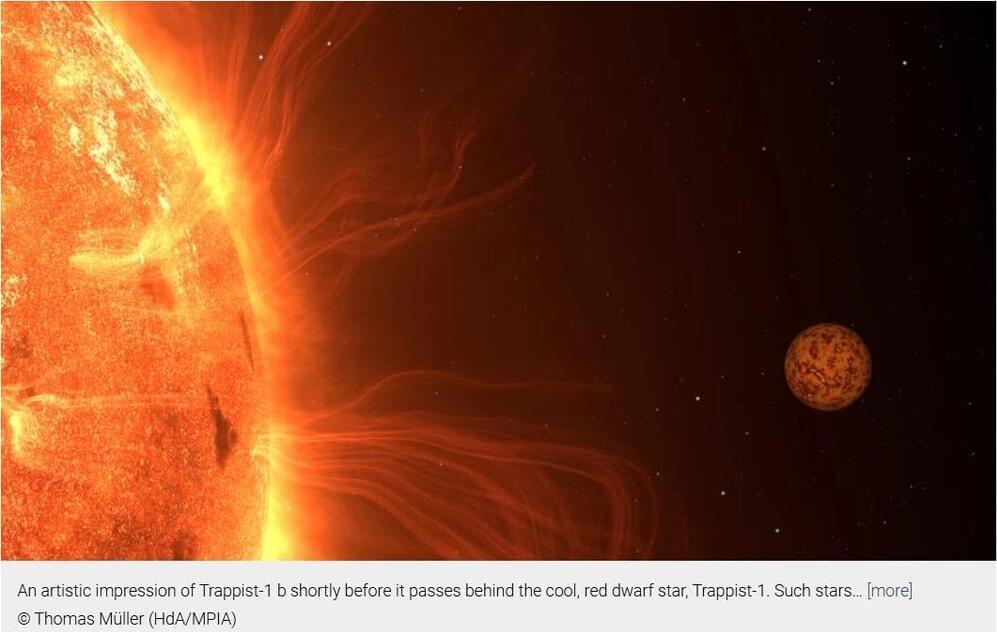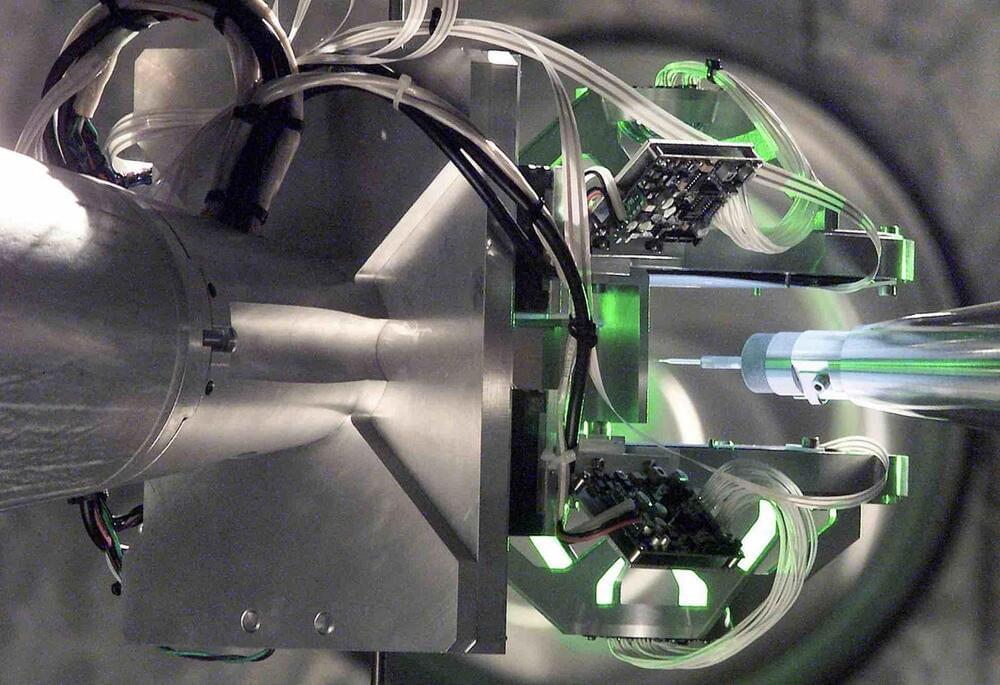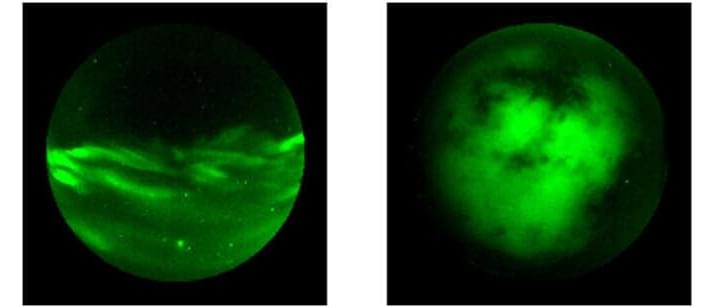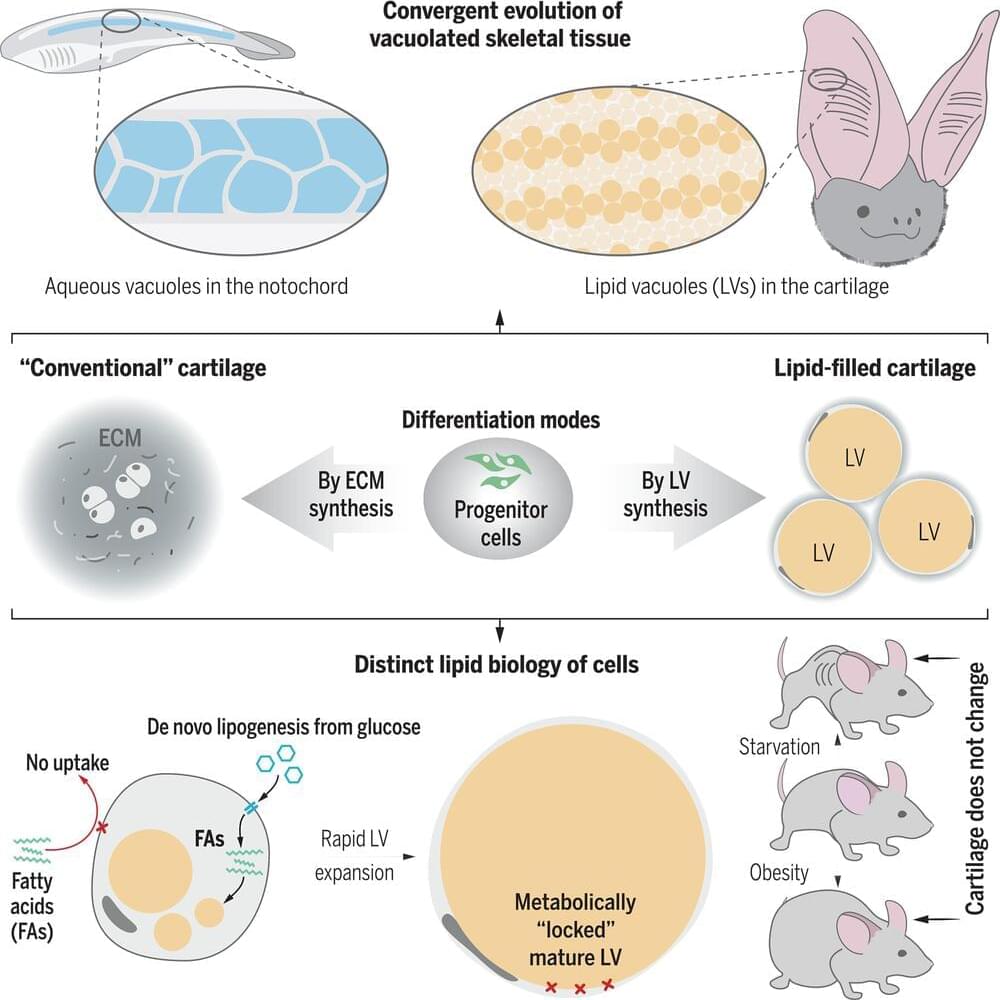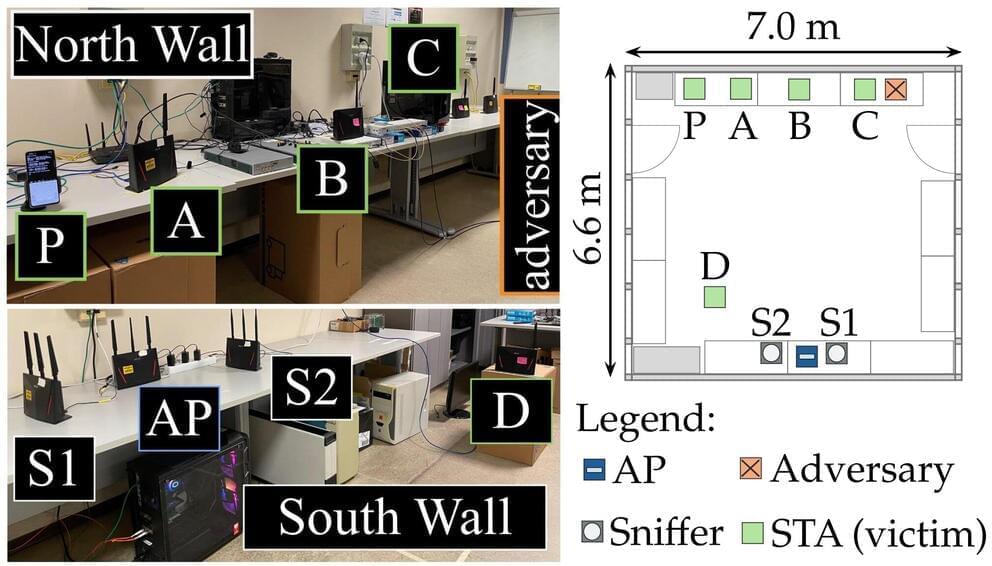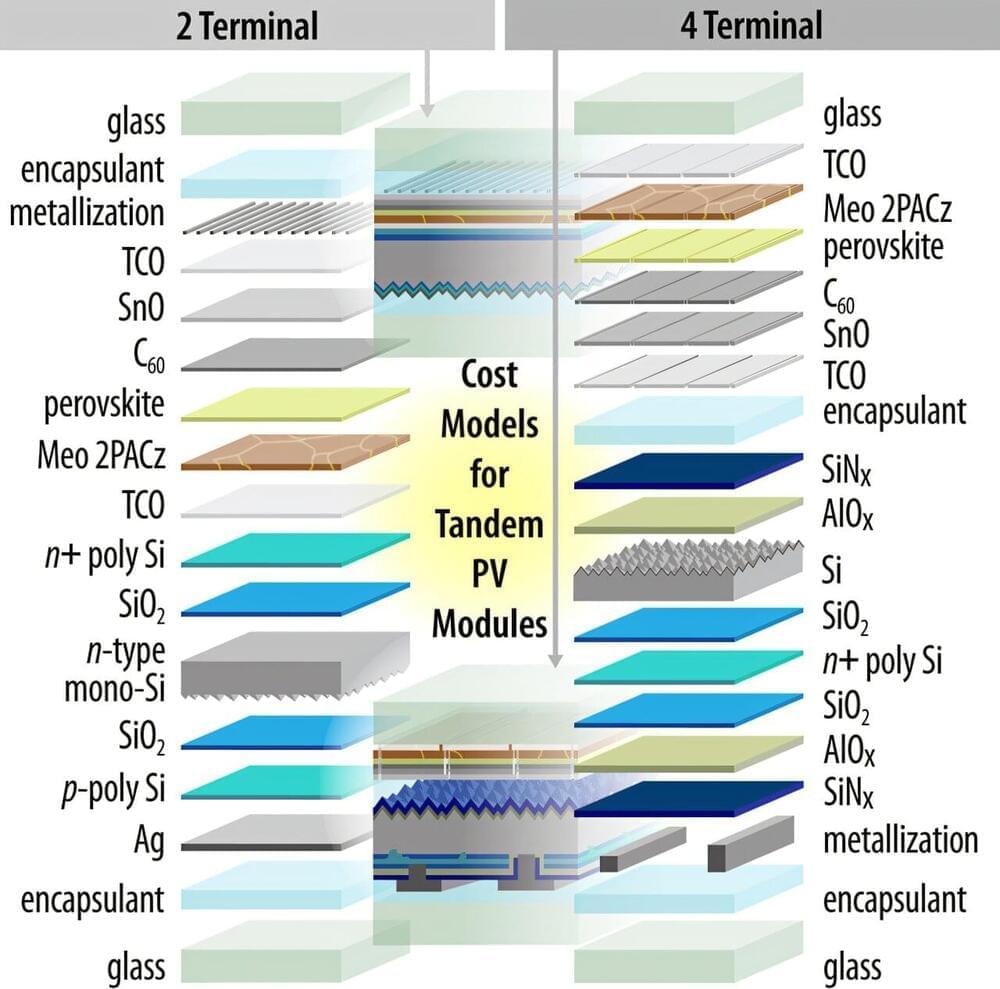Jan 10, 2025
Does the Exoplanet Trappist-1 b have an Atmosphere after all?
Posted by Natalie Chan in category: space
New observations reveal the challenges of detecting planetary atmospheres.
Recent measurements with the James Webb Space Telescope (JWST) cast doubt on the current understanding of the exoplanet Trappist-1 b’s nature. Until now, it was assumed to be a dark rocky planet without an atmosphere, shaped by a billion-year-long cosmic impact of radiation and meteorites. The opposite appears to be true. The surface shows no signs of weathering, which could indicate geological activity such as volcanism and plate tectonics. Alternatively, a planet with a hazy atmosphere composed of carbon dioxide is also viable. The results demonstrate the challenges of determining the properties of exoplanets with thin atmospheres.
Trappist-1 b is one of seven rocky planets orbiting the star Trappist-1, located 40 light-years away. The planetary system is unique because it allows astronomers to study seven Earth-like planets from relatively close range, with three of them in the so-called habitable zone. This is the area in a planetary system where a planet could have liquid water on the surface. To date, ten research programmes have targeted this system with the James Webb Space Telescope (JWST) for 290 hours.
